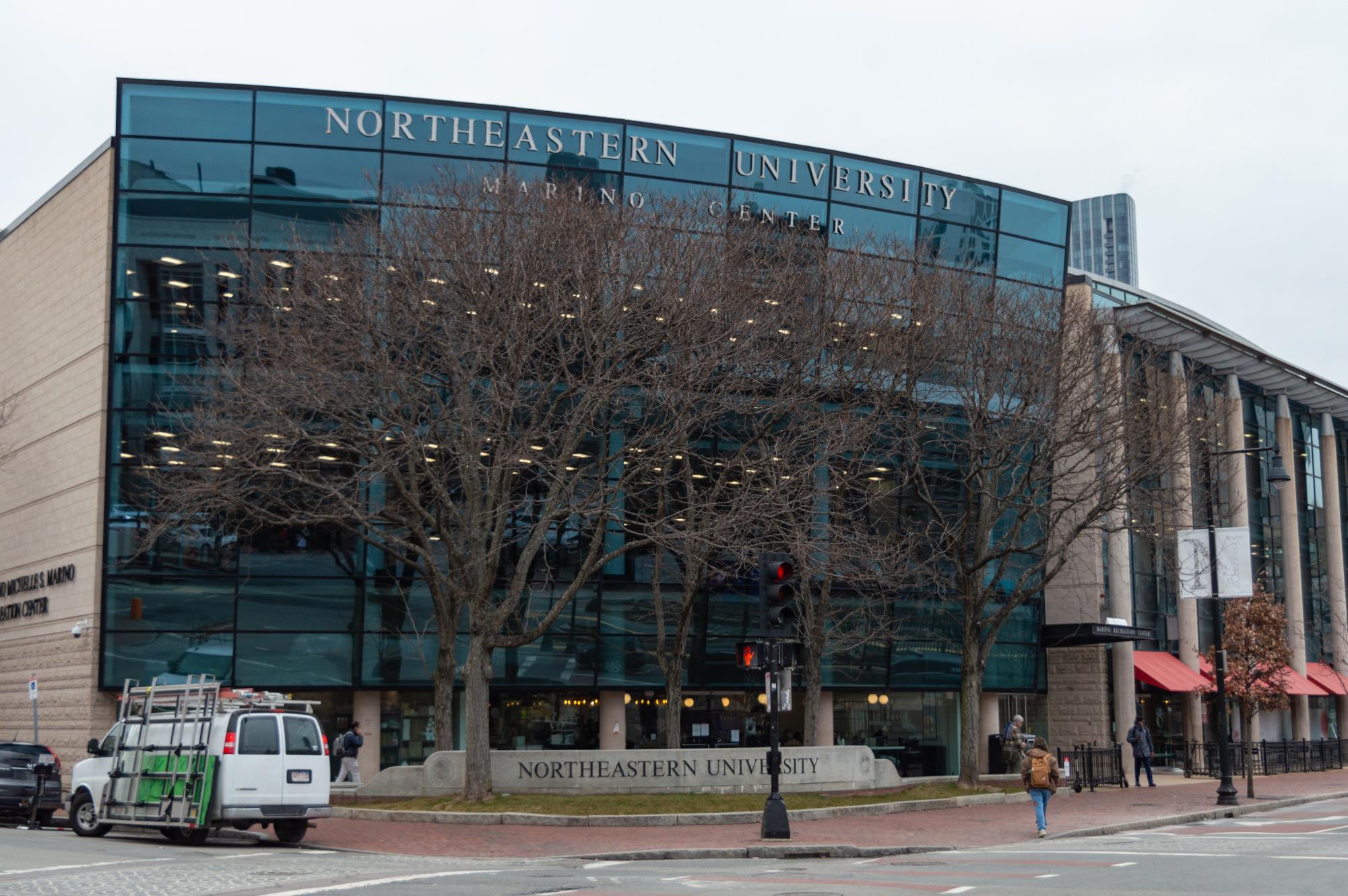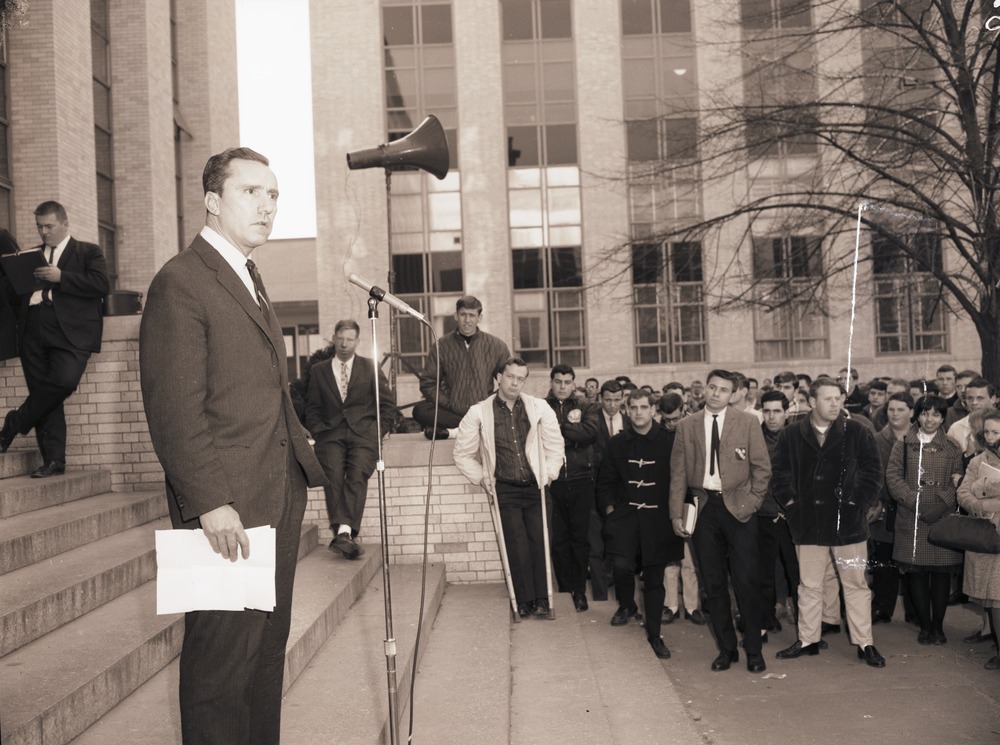Before Northeastern students begin classes each fall, thousands of families await the inevitable: The semesterly email notification that their bill is ready. As that bill continues to climb, students wonder how their tuition dollars are being spent, and if their education is worth the price tag.
“I would not be attending Northeastern if I was not in the Honors Program and I didn’t have that scholarship,” said Jenica Ashby, a rising third-year economics and journalism combined major.
During the 2023-24 academic year, Northeastern’s annual undergraduate tuition hit $63,000 and the total cost of attendance was $86,000. This year, those figures will rise to almost $65,000 and roughly $88,700 respectively, a total cost of attendance that is about $30,000 more than the average tuition for private colleges in the United States.
About 70% of the university’s revenue comes from tuition and fees, according to a 2021 report from the university-run media outlet Northeastern Global News. Half of the operating budget, which covers the activities of the university, goes toward paying salaries and benefits, and the rest toward “expenses related to running a multi-campus, global university.”
The News spoke to a dozen Northeastern students who were not aware of what their tuition money goes toward or how Northeastern spends its generous budget.
Here’s what you need to know about the basics of Northeastern’s tuition and how the school spends its money.

According to Northeastern University’s consolidated financial statements, the university made $1.65 billion in “student-related” revenue from student tuition, room and board and meal plans during the 2023 fiscal year, which lasts from July 2022 through June 2023. Northeastern also gave out $570,000 in student and “other loans.”
At the end of the fiscal year, the university had $402 million in cash and cash equivalents remaining. This includes things like money in bank accounts, short-term investments, and cash on hand.
Comparison and breakdown of fees
Northeastern charges undergraduate students an average of about $665 in fees per semester, while Boston University charges about $358 and Emerson College charges $512.
Though Northeastern’s fees are higher than other Boston private universities, the university is transparent about what the fees entail. The breakdown is as follows per semester: $87 for the student activity fee, $72 for the Curry Student Center fee, $62 for the student recreation fee and $320 for the undergraduate student fee, which “supports enrollment-related services throughout the student’s first year,” according to Northeastern’s fee catalog. This fee assists with funding new student orientation and welcome week events.
After the students’ first year, the undergraduate student fee goes toward student and parent outreach. All students in the Northeastern community are required to pay these fees.
What amenities are Northeastern students really paying for?
According to Northeastern’s website, there are a multitude of academic resources that are available for student use. On the Boston campus, Snell Library hosts many of these resources. Over 1 million e-books and resources can be accessed through Scholar OneSearch, and research help — including a 24/7 online chat, specialist librarians, study rooms and printers — is accessible to all students.
Along with e-books accessed through Scholar OneSearch, students also have access to online newspapers and magazine subscriptions including The New York Times and The Washington Post.
Several students who spoke with The News said they frequently utilize Northeastern’s free tutoring programs.
However, Alexandra Paez, a rising second-year biology major, and Aarushi Vatsyayan, a rising second-year behavioral neuroscience major, spent their first semesters on Northeastern’s London campus and said that they wished tutoring had been more accessible to them.
“There was nothing like [the peer tutoring program] in London, or if there was, I didn’t know about it,” Vatsyayan said. “In terms of academic help and resources, there’s a lot more stuff here in Boston as compared to London.”
“They didn’t really communicate with us that well,” Paez added, referring to what resources were available to students.
Paez and Vatsyayan said that even though the tuition during their semester in London was more expensive, they felt they had less access to resources compared to what they experienced during their semester on the Boston campus.
On Northeastern’s Boston campus, many students are made aware of what resources are available through communications such as emails or university social media posts.

How about recreational activities?
Students have access to recreational activities as well after paying a $72 fee that contributes to the Curry Student Center, which hosts cultural, social and recreational programs. An art gallery, game room, lounge space and meeting rooms are also available for student use.
On the Boston campus, Northeastern students can use the Marino Recreation Center, Cabot Center and SquashBusters, gyms that feature weights, multipurpose rooms, workout stations and locker rooms. The dry saunas in SquashBusters and an indoor pool and track in the Cabot Center are other lesser-known amenities.
However, while these resources are available for students to use, several said they were not aware of all of them. Katrina Gonzales, a fourth-year business administration major, said that while she knows her tuition goes toward her classes and study spaces on campus, she isn’t sure what else is included.
“I go to Marino here and there, but other than just studying and going to the gym … and eating on campus, there’s not really much else that I do,” Gonzales said.
Northeastern students also have free access to traditionally non-academic resources, such as streaming services including Peacock, Max and Xfinity on Campus.

How does Northeastern spend our tuition dollars?
Northeastern’s undergraduate 2023-24 tuition increased 4.9% from the previous year, Northeastern Global News reported. The increase was slightly higher than a nationwide rise in private nonprofit four-year college tuition of 4% which occurred the same year. Tuition increases can be due to changes in state and local funding and the implementation of more services for students, such as mental health support. For the 2024-25 school year, Northeastern’s undergraduate tuition will increase again, by 4.8%.
According to Northeastern’s 2023 fiscal year Form 990, the university spends most of its income on salaries, other compensation and employee benefits, totaling $1.015 billion in the 2022 fiscal year. 1,971 individuals received more than $100,000 of reportable compensation each from the university.
The university spent $290 million more in operating expenses in the 2023 fiscal year than it did in the previous fiscal year. On the financial statement, operating expenses include salaries and benefits, depreciation, interest and “other operating expenses,” referring to costs relating to research, academic support, student services and institutional support.
Overall, the university made about $2.3 billion in revenue and spent about $2.15 billion in expenses in the 2023 fiscal year. The university also had about $6 billion in assets after the 2023 fiscal year.
Northeastern makes most of its money from tuition and student payments, sponsorships and return on investments and donations. The fees included in tuition fund resources and amenities available to Northeastern students, whether they are in classes or on co-op.
While the university offers a plethora of resources for students on campus, some students told The News that resources in various programs fall short of expectations set by the high tuition costs.
“I’ve learned a lot and I’ve had a good time,” said Alex Goutier, a 2024 graduate who majored in history and political science, “but the resources and support for my major specifically, just is not worth [the price].”
The Huntington News is dedicated to serving the Northeastern University community with original, professional reporting and creating an environment in which student journalists can learn from one another. Support an independent, free press at Northeastern University with your donation today.











